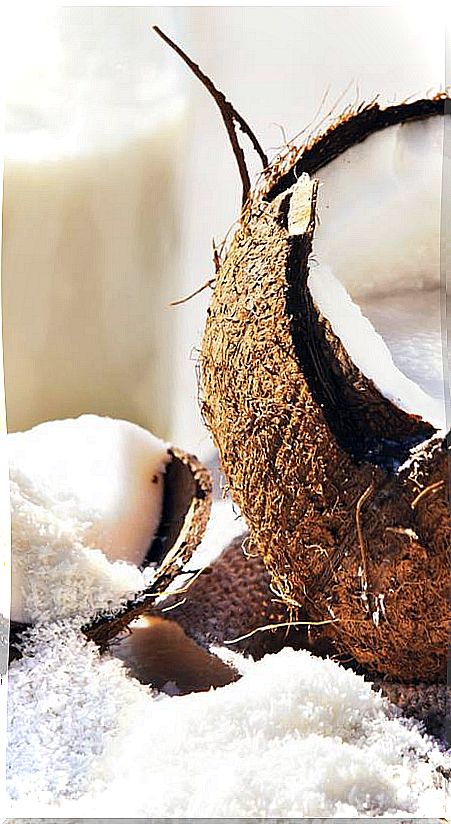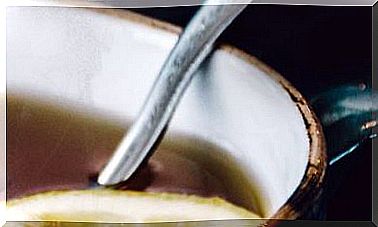Supercoco: 7 Ways To Take Advantage Of It In Your Recipes
Enjoyment with coconut is guaranteed, but it is advisable to take into account some tips when using it, be it the fruit directly or its derivatives.

The brown, hairy-shelled coconuts seen in European markets are actually ripe fruits, and their main interest is the pulp. Finding out if it is fresh before choosing it, opening it correctly to make good use of both the pulp and the pulp, and taking into account some precautions when preserving it is important to enjoy and take advantage of them.
But if there is something that characterizes the coconut is its versatility and, in addition to the pulp, you can take advantage of its many derivatives. Each one has a specific use in the kitchen, so they offer you endless possibilities with which to experiment and take care of yourself.
How to use coconut and its derivatives in the kitchen
To take advantage of the coconut pulp and water, we must get a coconut directly, although the water is also sold packaged. The rest of the derivatives can be easily found in organic food stores.
When we get a coconut directly, there is an infallible way to know if it is fresh or not: first you have to shake it. If when you move a coconut you can hear the water splashing inside it, it is because it retains its freshness. If, on the other hand, it responds silently, it has been stored for a long time and is old.
Once at home, in front of a coconut, the first thing is to get the water out of it. To do this, a hole is made with a sharp knife in the largest and softest of the three eyes (another can be made in another eye to make it come out better).
To extract the pulp you must break the coconut. You can do it with a hammer blow, or by wrapping it with a cloth and throwing it on the ground. After the second or third blow, a tear appears that grows with each impact.
Pulp that is not eaten immediately can be saved. Place it in a container full of water and store it in the fridge. By changing the water every day, it can be kept for up to three days.
Regarding the use of coconut derivatives, the options are very varied:
1. Coconut oil
You will be surprised that it is usually in a solid state at room temperature, although when heated it becomes liquid.
It can be used raw and is very useful in baking, but it is also an oil suitable for frying due to its stability.
Its high price in Europe makes it advisable to use it in preparations that require little quantity.
2. Coconut flour
In addition to being used in baking, it can be mixed with mueslis, yogurts or smoothies.
Provides a delicate coconut aroma plus an extra dose of fiber, valuable fatty acids and protein.
3. Coconut butter
It differs from oil in that it incorporates coconut fiber. It is an excellent substitute for butter, especially when it accompanies sweet ingredients. It can also enrich smoothies and mueslis, or add flavor to many recipes.
It should not be used for frying, because the fiber burns.
4. Coconut sugar
It is the ideal substitute for white sugar due to its low glycemic index.
5. Coconut milk
It is a thick vegetable milk, perfect for making fruit smoothies and giving an exotic touch to sauces, pastries and soups.
It is easily found, although if you want you can prepare it at home by mixing the coconut water with the chopped pulp, and adding mineral water if necessary. You can then sweeten it with powdered vanilla, liquid stevia, or coconut sugar to taste.
6. Coconut water
It is a good isotonic drink, but not all coconut waters that are marketed are equally pure. In fact, pure coconut water, which can be attributed health benefits, is that freshly taken from the fruit or properly packaged, without additives.
To many products that are marketed as such, ascorbic acid (vitamin C) is usually added as a preservative, and even sweeteners and other additives. Nor is it real coconut water that comes from concentrates.
7. Amino acids or coconut amines
It is actually a dressing, looking similar to soy sauce. In fact, as a dressing it has the same uses as soy sauce, but it contains less sodium and more protein.









